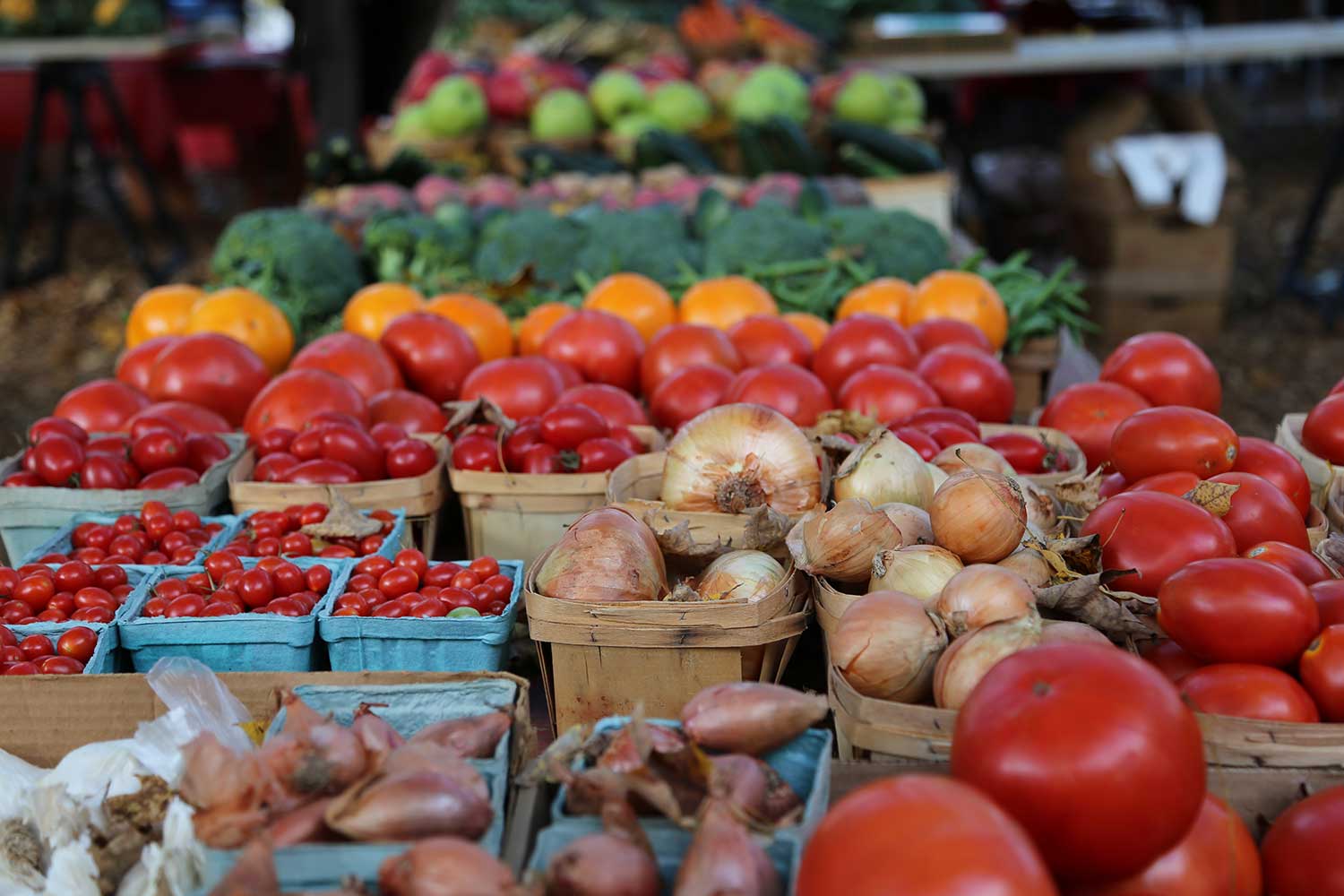Is eating local actually better for the planet?
What you eat will always matter more than where it comes from

Sign up and save the world
The one5c newsletter delivers our best tips right to your inbox
As farmers markets and CSAs burst to life in shades of springy green, the chance to snag seasonal favorites and support local growers is back. If that bunch of arugula with serious pep in its step is ……

